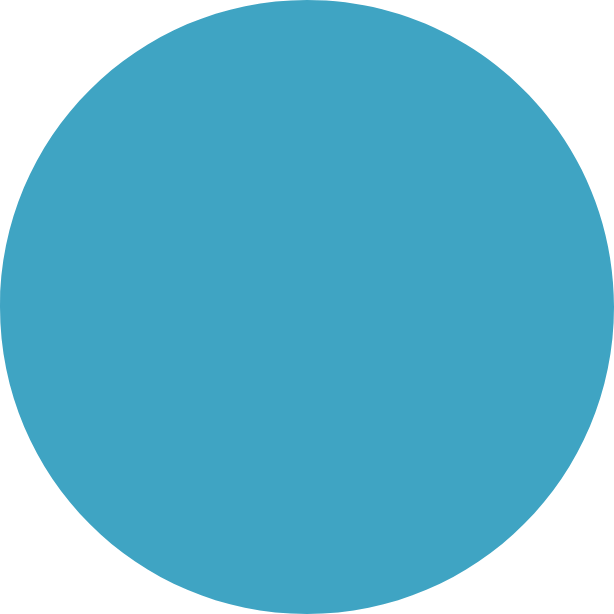At an online workshop on 31 May 2021, which was held together with the German Chemical Society (Gesellschaft Deutscher Chemiker, GDCh), the chairs of the Joint Committee Britta Siegmund and Thomas Lengauer first outlined its tasks and objectives. GDCh Executive Director Wolfram Koch recalled the chequered history of chemical research and its potential for abuse, for example in the Haber-Bosch process, which on the one hand helped to improve global nutrition through fertiliser production, and on the other was the basis for the production and use of explosives in the First World War.
Matthias Epple from the University of Duisburg-Essen presented the opportunities and risks of nanomaterials in his lecture. One important field of application was nanomedicine, where nanoparticles were injected to fight tumours, for example. This application enabled toxins to target tumours and, ideally, destroy them. Cells could ingest nanoparticles, including lipid nanoparticles containing, for instance, mRNA vaccines against SARS-CoV-2. Other nanoparticles have also long since arrived in our everyday lives, such as in toothpaste and sunscreen. The risks of nanoparticles being deposited in cells depended on the substances in question. Additionally, he pointed out that it must be emphasised in the public debate on nanoparticles that the absence of a risk cannot generally be scientifically proven. An audience member added that the discussion around nanoparticles was suffering from a general misunderstanding. Sometimes it did not matter whether harmful particles fall under the definition of nanoparticles due to their size or not.
Clemens Walther from Leibniz University Hanover posed the question “Is the atom still our friend?”, based on a 1956 book for young readers, and used it to address the birth defect of radiochemistry, namely the production and use of nuclear bombs. He went on to say that the medical application of radiochemistry, such as the use of radium to treat cancer, nevertheless showed great benefits, and that the industrial application of radioactivity in tracers, thickness or density measurement was now ubiquitous. In research, radiochemistry was used in radioecology or nuclear forensics. Strict regulation and control prevailed in civil research. The main focus was on the potential for misuse in export control, because even basic research could unintentionally contribute to the production of weapons of mass destruction. Walther emphasised that researchers had little influence on the subsequent use of their research results and at the same time were under considerable pressure to publish. One discussion participant emphasised that researchers could not conduct technology assessment alone, but that groups of experts were needed for this. When asked about accompanying research on radiochemistry, Mr Walther said that close ethical monitoring was common in applied research. Some of the research on hazard prevention was subject to secrecy.
In his presentation, independent consultant Ralf Trapp used the example of trade in industrial chemicals to point out that toxic substances were already used in wars in ancient times. When thinking about the responsibility of science, one must also take historical components into account. At this point, he referred to Fritz Haber, who also acted as a chemical weapons advisor during the First World War. The chemical weapons programme in Syria was developed in the 1970s – supported by Iran and the Soviet Union. Although Syria joined the Chemical Weapons Convention in 2013, there were already indications of the use of chemical weapons in Syria during the first review. Germany had supplied preliminary products to Syria from 2002 to 2006. After 2018, there were further deliveries from Germany, Brussels and Switzerland with source materials that were initially classified as harmless under export control law. This showed that the legal approach needed to be expanded to strengthen the Chemical Weapons Convention (CWC) and its verification system. The Convention should be considered not only in the area of list materials, but also beyond that in the export of “knowledge”. At the same time, the industry should strengthen its self-regulation and awareness-raising. Ralf Trapp explained that developments taking place precisely at the interface between chemistry and biology could also be misused in a state chemical weapons programme. Researchers had little awareness of the potential for abuse, and training in this area was needed. Florian Kraus from the Joint Committee asked whether it was at all possible to prevent misuse, even with less toxic substances. In Trapp’s opinion, trade and production should pay more attention to their customers (or other potential users of their chemicals).
Una Jakob from the Peace Research Institute Frankfurt first explained the framework of the CWC in her presentation on the impact of the CWC. This had been agreed in 1992 after about 20 years of negotiations and had been in force since 1997. The only non-signatories were Egypt, Israel, North Korea and South Sudan. The CWC also included mechanisms of verification and sanctions and was currently the most successful disarmament agreement. It was continually being adapted, for example after the incident in which a Russian dissident was poisoned with Novichok. The CWC only concerned states and not non-state actors. It also posed special challenges for science. Cooperation between industry and research continued to be necessary. In addition, there were disputes about the interpretation of the CWC, for example about non-lethal chemical weapons that attack the nervous system. Scientific expertise should make political discussions more objective. New technologies and the overlapping of research fields would create new potentials for abuse, which must be further clarified. Publications and the exchange of information were important for free research, but possible misuse should always be taken into account.
Julia Dietrich from the FU Berlin presented challenges for raising awareness of research risks in chemistry degree programmes. She presented a project that investigated the teaching of ethical aspects in science courses. Only about 6 percent of credit points addressed ethical aspects – and mostly only in the compulsory elective module. According to the survey, 25 of 31 natural science degree programmes had no ethics courses at all. Only two out of 31 courses had compulsory courses on ethics. In contrast, ethics had been firmly anchored in medical courses and biology for years. The integration of ethics in teaching usually lacked support from the management level. Dietrich pleaded for an interdisciplinary, basic ethical education. For example, she has developed a learning platform on genome editing in humans, which could also be transferred to other topics and scientific fields. She added that science and ethics were not opposed to each other, but should always be seen as part of each other. The management level should create corresponding obligations – by means of conferences, networking and adequately equipped job profiles. Larger learning platforms and a certificate system could be helpful.
Hans-Georg Weinig from the GDCh presented the development of the Hague Ethical Guidelines. They were created in connection with the 100th anniversary of the first massive chemical weapons attack in Ypres. The first step in developing the guidelines had been to conduct a cluster analysis of existing codes of ethics for chemical research worldwide and to agree on the most important core elements. Now the implementation of the completed ethics guidelines was important. He added that learning modules had been made available for this purpose, for instance, and that corresponding consultations on teaching and dissemination of the guidelines were taking place. In order to further strengthen their implementation, they should find their way into the curricula of degree programmes.
In the discussion that followed, it was noted that ethical questions might not be very tangible for students, and a discussion arose about whether questions of research ethics should be approached in school or only at university, for instance from the Master’s programme onwards. Felicitas Krämer from the Joint Committee added that corresponding compulsory modules were already established in all engineering degree programmes in the Netherlands. A member of the audience commented that it would be difficult to implement these demands without additional staff. Moreover, the time available to teach subject content in the degree programmes was limited. Mr Lengauer pointed out that ethics did not necessarily have to be addressed within separate courses, but that ethical content could and should also be integrated into the core courses. This applied in particular to AI teaching as a whole.
Dual use in chemistry research: opportunities, risks and responsibility


